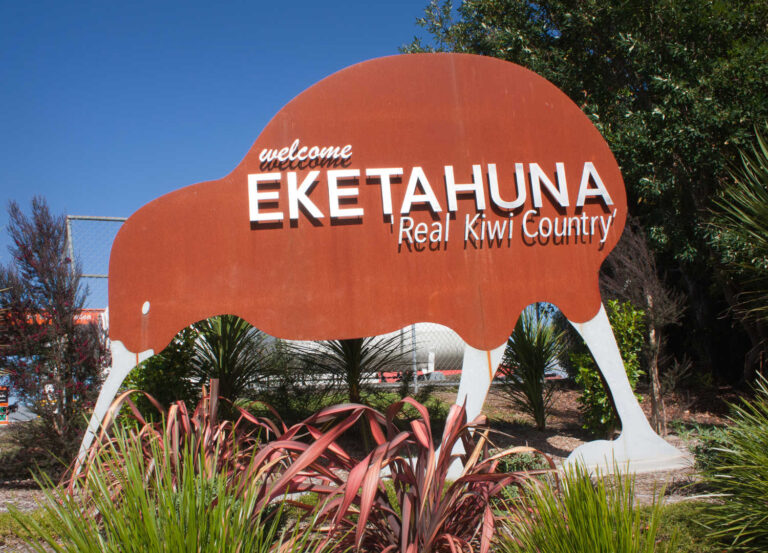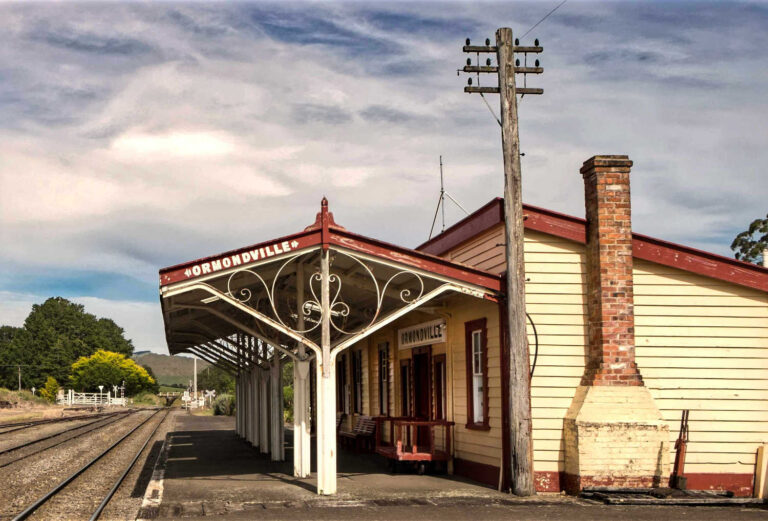Best bits, a kiwi town
Ongaonga there are plenty of things to do. Time protected Ongaonga with the historic village several category I heritage buildings step into the physical surroundings of a nineteenth century small New Zealand town. The town is a striking picture of the importance of the butcher, the bakery and the candlestick maker in areas where roading systems were few and far between.
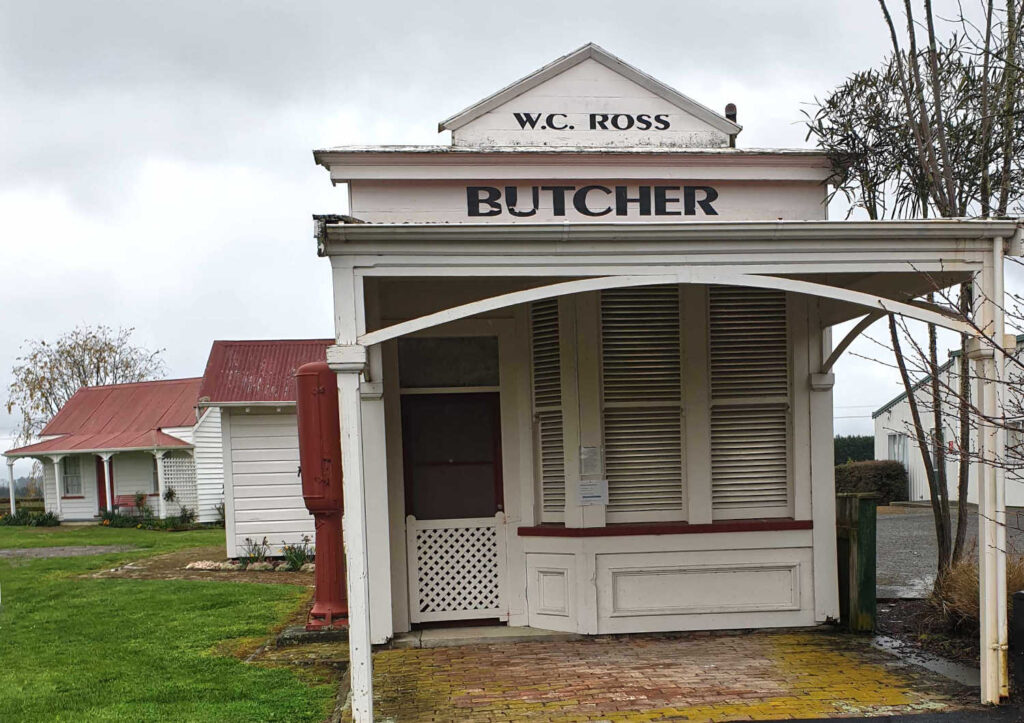
HIGHLIGHTS
- Ongaonga Museum with its machinery, tools and period black and white photographs captured the essence of the town. The dedicated museum volunteers always appreciate donations and offers of assistance to support the maintenance of their heritage buildings.
- The Coles Brothers building, sitting squarely in the heart of the Village, is particularly special. The category 1 listed building was built in 1878 and housed the Coles Brothers’ various businesses including carpentry, surveying, interior decorating and even coffin building and the local undertaker business.
Ongaonga Historical Society manages a collection of historic buildings including the original School house, Jail, Butcher and Settler’s hut. Download the heritage trail and take a self-guided walking tour. On Sundays between 1pm and 4pm, the Ongaonga Museum, historic buildings and Coles Brothers Building are open to the public, giving you the chance to delve a little deeper into the historic village’s history, and chat to the locals who are brimming with history and local information.
Picnic in the museum gardens under the shade of mature trees. Artists and arty crafty people call Ongaonga Village home and there are several small shops and outlets marketing unique, one of a kind objects and memorabilia.
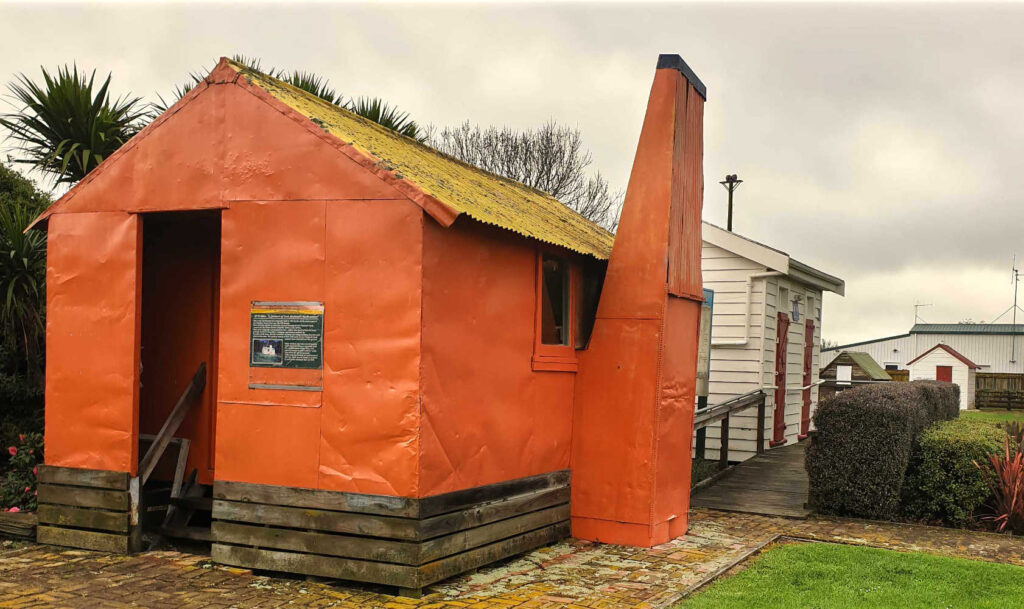
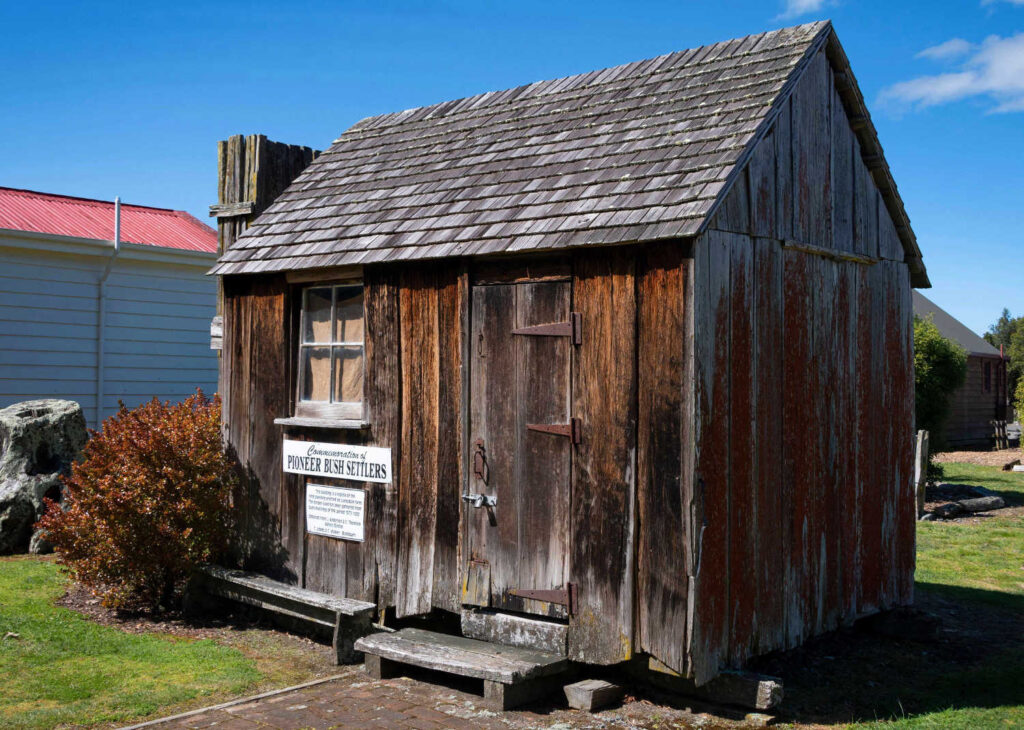
WHERE TO TAKE THE BEST SELFIE
- Coles building
- Museum grounds
FESTIVALS
- Annual Victorian Day to coincide with the Spring Fling (Waipukurau)
POPULATION
- 168 (2018)
WHO TURNED UP AND NAMED THE PLACE?
Colonial paternalism is the hallmark of Ongaonga’s growth as a permanent village. Ongaonga was founded in 1872 by runholder H. H. Bridge. HH Bridge built a school and church and provided land for a recreation ground. Large pastoral runs forcibly subdivided into smaller farms between 1899 and 1905, acting as a social and commercial hub for local farmers. Ongaonga lost its population with the advent of the motor car.
The name Ongaonga refers to Ongaonga, named after the nearby Ongaonga Stream, shares its name with the Māori term for the native stinging nettle Urtica ferox, a tall woody plant with fine poisonous hairs on the leaves and stems. A newspaper article from 1892 described it as ‘a more ferocious affair’ than the English nettle, as early settlers would have discovered.1 Nearby Te Aute is named after the paper mulberry tree (Broussonetia papyrifera), which was introduced to New Zealand from Polynesia by Māori and grew profusely around the district. Source Waipawa – Te Ara Encyclopedia of New Zealand.
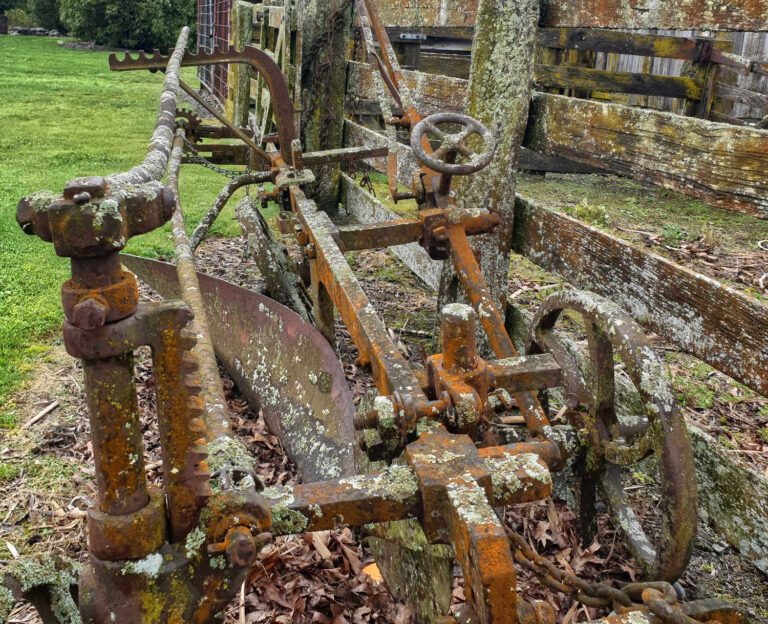
Travel pack information
Every town adds to the richness of things to do and see. For more details about the region check Wellington & Wairarapa Region nearby attractions and events.
BEST BITS TRAVEL GUIDE
Best Bits travel guide is published by nzjane.com. Owned and managed by PacificJane Ltd.
Our editors independently visit tour operators, purchase tickets, pay for accommodation, and rate products and places. We are not paid to go on a tour or visit a place. We only make money if you decide to purchase a product through our website links. We promise to never accept free products from manufacturers in return for boosting their products. Read more about our affiliate programme in the terms and conditions HERE.


